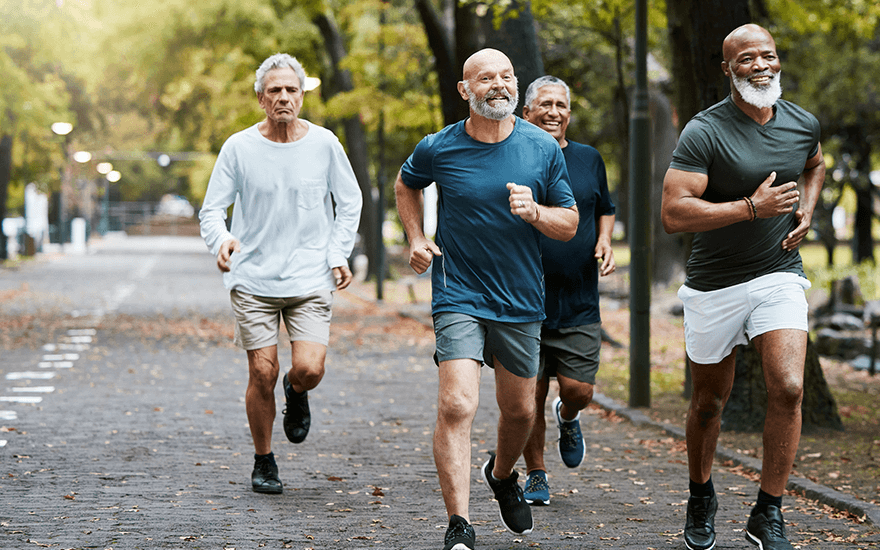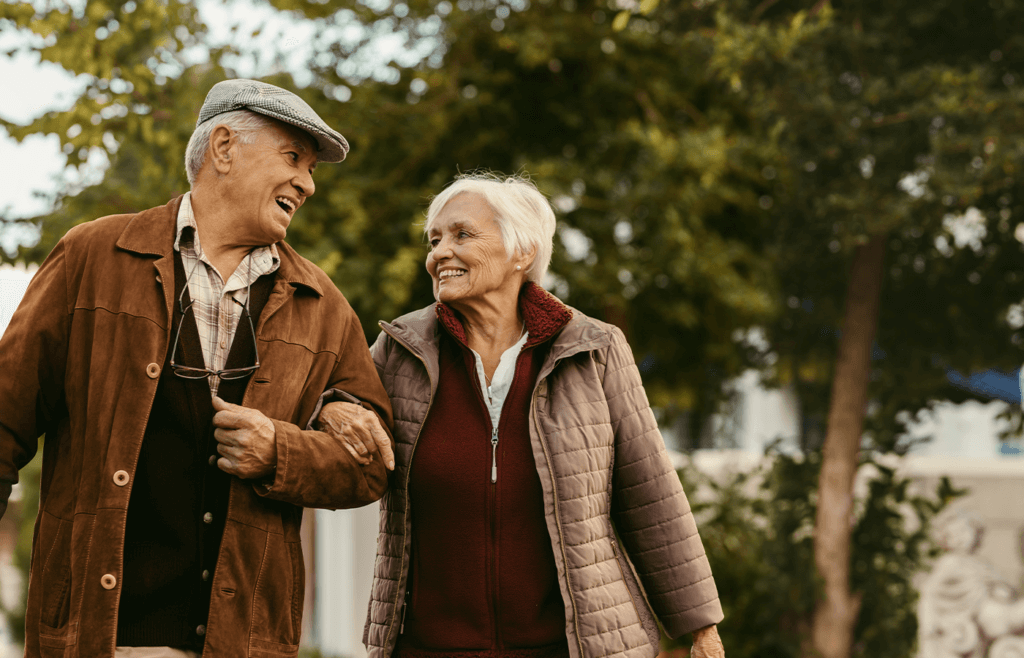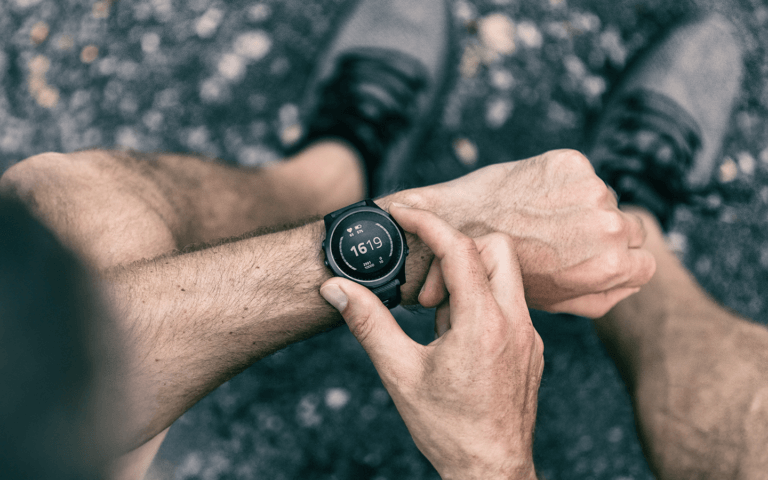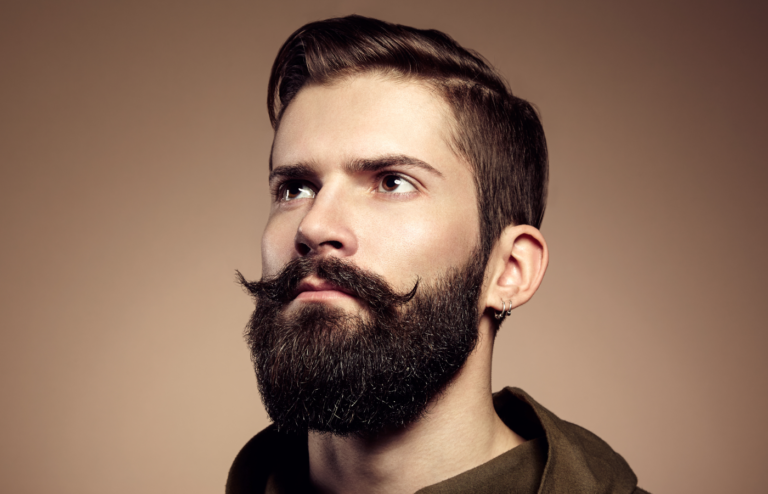Author: Nicole Rakowski
Living to the ripe old age of 100 seems like something to celebrate. We are all looking for ways to extend our lives, not just in age, but in the quality of those years.
But is celebrating your centenarian birthday with some life still left in you possible?
As much as you might want to hit the milestone, you also want to ensure that your physical and mental health is still thriving to take advantage of those years.
Did you know that for the average North American, only around 10% of life expectancy is dictated by genetic factors?
The other 90% is influenced by environmental factors, including smoking, drinking, diet, sedentary lifestyles and pollution exposure.
So to make it to 100, you would have not only had to have an extremely good lifestyle, but you would have had to win the genetic lottery.
Knowing this, it’s certainly safe to assume that changing different elements of your life can influence your life’s length (and quality).
There are tens, if not thousands, of diets and lifestyle advice, so what is the optimal formula for making it to the centenarian celebration?
The myth around living to 100…
Firstly, let’s debunk some common myths about longevity.
It is the fastest-growing demographic, but we are not programmed to live to 100. Only one out of 5000 people in North America live to be 100. So the first thing to know is that there is a slim chance of making it to 100, and of those that do make it even less still live whole and healthy lives. And it’s a case of caring for both physical and mental health – there is no point in making it to 100 with a poor quality of life.
The second myth is that there are treatments that can reverse aging. Of course, there are things that you can do to make yourself “look” younger, such as
Botox to prevent wrinkles or cosmetic surgery. And yes, while these may reduce the appearance of aging, you will still age internally.
In reality, countless things age us – we have 35 trillion cells in our body, and even doing things that could be considered healthy can damage those cells e.g. playing a sport too hard can wear down the cartilage that will never grow back.
And this damage occurs exponentially, ie. someone aged 65 is aging at a rate of 125 X faster than a 14-year-old.
So, what is the point of this article if there is nothing you can do to stop your aging?
Where do people live longer?
Before we get into how to give yourself the best shot of living to 100, let’s look at some case studies of people who’ve made it to 100.
Scientific evidence suggests that most bodies should be fully capable of reaching 90 years of age. Yet, across North America, the average life expectancy for females is 81 and 75 for males as of September 2022.
Somewhere along the line, we leave years of good, enriched years of quality life on the table. Research shows that we can live these lives free of chronic diseases such as heart disease, cancer and diabetes, to name a few.
Although the average life expectancy in North America is not quite 100, there are places around the world where we can look to where they are experiencing longer, enriched lives.
Areas that live to 100 at rates much higher than our society is currently experiencing.
One of these is the island of Sardinia, inhabited by about 1.4 million individuals. It’s the second largest island in the Mediterranean Sea, located west of the Italian Peninsula. This is an area where there are approximately 10 x the number of centenarians than there are in the US. In Sardinia, it’s common for men to reach 100, but to reach this age with vigor – riding their bikes to work, chopping wood and remaining active.

Another place people routinely live to be 100 is an island called Okinawa, around 400 miles south of Toyko. This island is ground zero for longevity, with the oldest living female population found.
This population lives approximately seven years disease-free, longer than average North America. They have 1/5th the rate of colon and breast cancer and 1/6th of chronic diseases seen in American culture.
It’s also worth looking at America’s longest-living population in California called Loma Linda – nestled between mountain peaks in the middle of the San Bernardino Valley. They are a group of Adventists, with women living on average eight years longer and men eleven years longer than the rest of the North American population.
So, what do all these communities have in common?
How to live to 100…
These societies have a few things in common that might explain why more people are living to 100 compared to North America. These include:
- Eat Well
- Exercise & movement
- Lifestyle
- Connection with other humans
So let’s look into these in a little bit more detail…
1. Eat a healthy diet…
Look at Sardinia, Okinawa, and even Loma Linda, and you’ll notice that their diets are both colorful and primarily plant-based.
They supplement this with animal products, but it’s fresh, whole products e.g. whole wheat, cheese and grass-fed livestock.
There is no centenarian diet as such – they aren’t eating cotton wool balls or living a diet that consists of only blue chees (yes, it’s a diet). Diets don’t work for most of the population, and while they might have short-term benefits, long-term they may even result in weight gain.

But you definitely won’t find a lot (if any) of pre-made or processed food full of sugar and additives in any centenarian society.
And yes, they still drink wine – but one with high rates of polyphenols. Things can be enjoyed in moderation – without over-indulging.
However, it’s not just the food eaten but the routines and strategies surrounding meal times. It’s rare for them to stuff down a quick bite at their work desk. No! Food is something to be respected and enjoyed.
In Sardinia, eating is a family affair, and they take hours to enjoy healthy, fresh food farmed from the land.
In Okinawa, they implement strategies that push them away from over-eating. Firstly they use smaller plates, so they eat less at every sitting. Secondly, they serve food at the counter or in the kitchen, so they eat as much as they need. This is compared to a family-style meal where you can continuously pack food on your plate from the table and mindlessly eat it within a few minutes.
And finally, they eat until their stomach has about 20% capacity left. Because that “full feeling” takes about 30 minutes to travel from your stomach to your brain. In comparison, most Americans eat til they are more than full and typically do not let their food settle before packing in the next or third round.
So, although the type of food they eat plays a big part, it’s also about the food source and how it’s enjoyed. It’s considered a necessity to be respected but not over-indulged in.
2. Exercise & movement…
Despite what you might expect, exercise in the traditional way we know does not appear in these societies. You won’t find people hitting the gym and pumping iron as part of their day-to-day.
However, they set up their lives where they constantly move and perform tasks that require physical exertion.
They don’t sit all day and drive everywhere they go. On every trip to the store, they walk, every appointment, they walk. Often they forgo modern conveniences such as blenders or electric mixers.
Increasing physical activity improves metabolism and weight control and strengthens muscles, heart and bones. Remember your exercise and movement don’t have to mean going to the gym and enduring laborious aerobic exercise, it can include:
- Playing a sport
- Walking to the shops
- Playing with your kids
- Carrying the shopping into your house
When your sympathetic nervous system is activated, your body’s anti-inflammatory response improves substantially—slowing down for just 15 minutes a day results in the inflammatory response caused by modern-day stress turning into an anti-inflammatory state.
Plus, a big focus is placed on rest (not where you sit in front of a TV) but where you disconnect from modern society and focus on connecting with humans and nature.
3. Lifestyle…
In North America, we divide our lives into two. We have our work life, in which we aim to be productive, and then we have our second life of retirement.
Many will retire and head to Florida or Arizona for the winter, then travel back to Canada for the summer. Some will volunteer, begin their Netflix cravings, or indulge in different cuisines without keeping their physical activity levels at the forefront.
In the Okinawa culture, “retirement” does not exist in their vocabulary.
Instead, there is one word, “ikigai” and it translates to “the reason we wake up in
the morning.”
What is your ikigai?
For some centenarians, it might be caring for their great, great, great-grandchild. For others, it might be gardening or harvesting crops in the field. It is something that brings you a copious amount of joy and contentment.
No, you might not spend your whole life working – hopefully not. But the end of your working life does not need to mean that you stop finding purpose. You’re only as old as you act, and keeping a youthful lifestyle will help you stay young for longer and live a healthy life.
4. Connection with other humans…
However, the real secret perhaps lies in how these communities organize their Societies and how they treat and value the wisdom acquired with age.
In North America, your social capital is linked to your age. As you age you become obsolete in a capitalist society – another person clogs the care homes.
However, in Sardinia and Okinawa, the older you get, the more wisdom you acquire, which is valued in the communities.
You go into a local bar and do not see “hottest woman of the month” advertised on the walls – you see “centenarian of the month” pinned up and celebrated.
Plus, we know that isolation kills. Fifteen years ago, the average North America had about three good friends, not including their family, and now, we are down to one. However, these communities act as families, so you’ll always be guaranteed that someone will have your back.
In Okinawa, they have social support groups called Moais, which start in childhood and span decades into the 100s. Traditionally, groups of five children are paired and meet regularly over life to offer support and friendship.
Offering people connection gives people a sense of belonging and purpose conducive to a long and happy life.
Ready to live to 100?
While we might not all live to 100, we can certainly aim to achieve a long, enriched and healthy life.
Implementing some of the strategies followed by those in parts of the world that live long, healthy lives might help you achieve the same.
Nicole Rakowski is completing her PhD in Health Management, specializing in complex chronic conditions and obesity prevention. She is working with Scripps Research Institute, one of the world’s most renowned research institutes in Genomics, to illustrate how digital health technologies can monitor those with specific health-related conditions. As a trainer and coach, she uses advanced physiological and metabolic knowledge to help clients perform to their maximum potential.
Related Articles
The Best Ski Resorts in the World for 2022/23
How to get more people to “swipe right” on your dating profile
Celebrate the Fourth Of July with Protein party foods to maintain those gains






